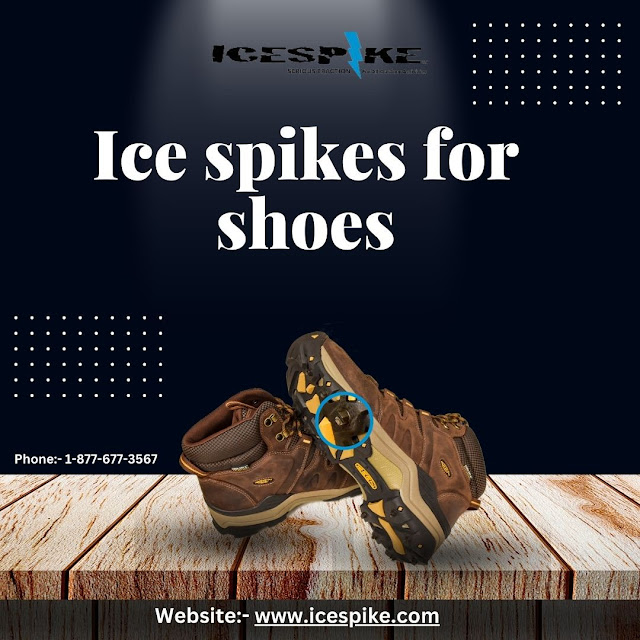The Ultimate Guide To Choosing Ultra Trail Running Shoes
Trail running has grown in popularity over the past few years and is now the fastest-growing running segment. When it comes to trail running training or pushing yourself a bit further having the best ultra trail running shoes matters more than anything else.
The best way to choose the Ultra trail running shoe is to understand the significance of each major feature that makes it up. Below we have outlined some of the main points you need to consider for an ideal trail running shoe and how to identify your foot type.
The right ultra trail running shoes are essential for a comfortable and successful trail running experience. Here are some of the factors you need to consider:
1. Impact Of Secure Lacing
Trail running shoes have longer laces and eyelets that are located higher up the shoe than traditional road running shoes. This is because trail running shoes require a closer fit to the foot (see fit above), and longer laces tied high to allow for this.
2. Grip On Technical Terrain
When it comes to trail shoes, grip (part of the shoe tread under the sole) is usually divided into two types: macro grip (larger rivets that can be seen) and micro grip (smaller grip, often with a pattern). These grips work together to provide "stickiness" when tackling wet trails or to assist you in safely navigating different terrain.
3. Heal To Toe Drop In Ultra Trail Shoes
The difference in size off the ground where your heel sits compared to your toes is referred to as heel-to-toe-drop. The higher the number, the thicker the sole. ultra trail running shoes typically have small heel-to-toe drops because feeling the ground beneath one's feet is important, especially when running fast.
4. Optimal Sole Stiffness
Sole stiffness is determined by two factors: the first is protection (from all of the things you'll step on while trail running), and the second is given, or how much spring the sole packs. While foot protection is important, if you're looking for speed on the trail, a shoe with springy elements not only makes for a faster run but also one that is often more comfortable.
How To Identify Your Foot Type
Understanding your foot type is essential when looking for the best ultra trail running shoes. The following are three common foot types:
Neutral Pronation: You have neutral pronation if your feet have a neutral arch. Look for shoes with a medium level of cushioning and support.
Overpronation: Overpronation occurs when your feet roll inward excessively. For added support, look for shoes with motion control and stability features.
Underpronation (Supination): This condition occurs when your feet do not roll inward enough. To accommodate impact absorption, choose shoes with a cushioned and flexible design.
Conclusion
The right ultra trail running shoes are an important step in ensuring a successful and enjoyable trail running experience. You can make an informed decision based on your specific needs and preferences if you consider the factors mentioned in this ultimate guide.
Check out ICESPIKETM, a trusted brand that offers shoe cleats and other traction systems and is known for its expertise in providing high-quality trail running footwear.
Invest in a reliable pair of ultra trail running shoes and you'll be able to tackle any trail with confidence and comfort.


.jpg)
Comments
Post a Comment